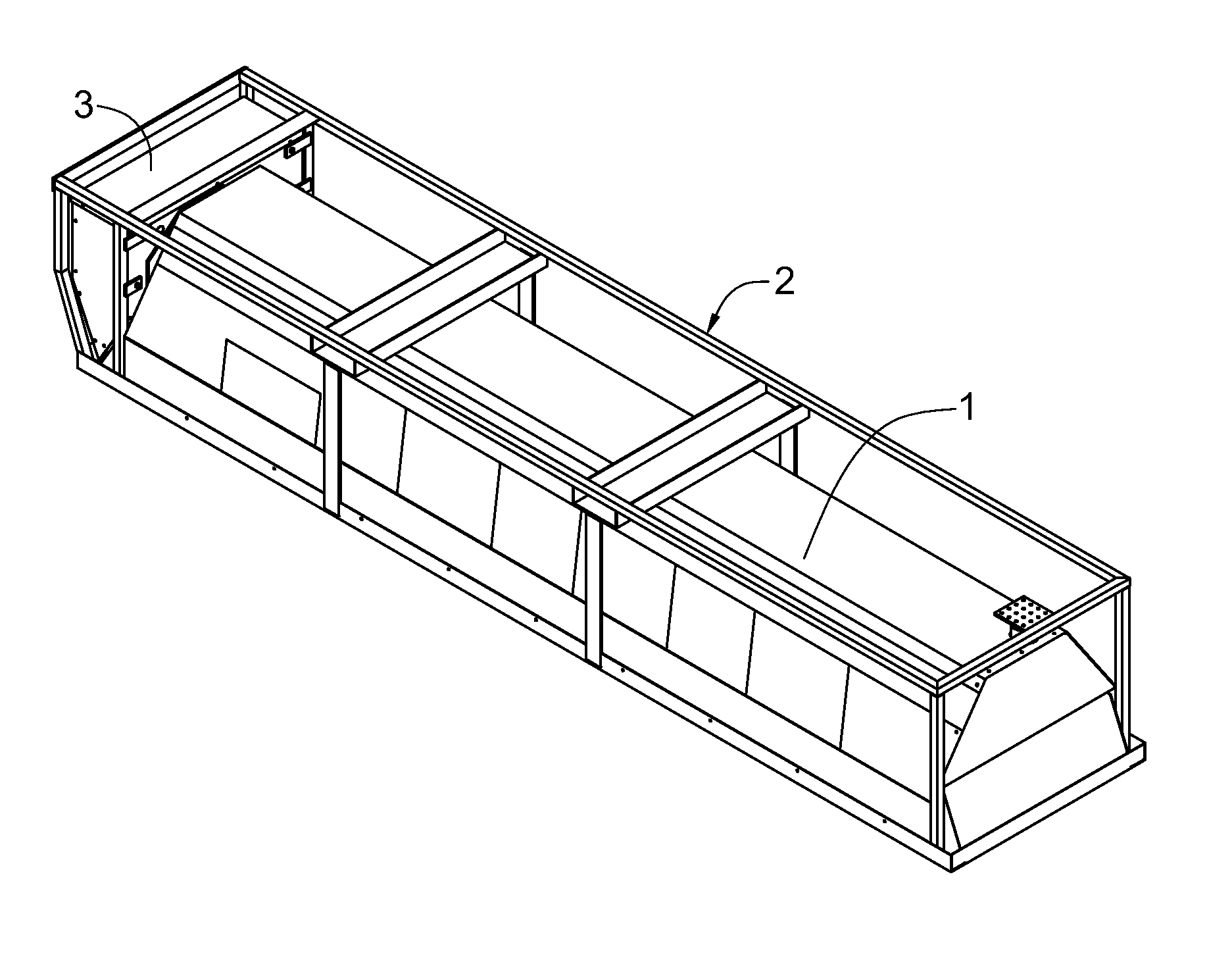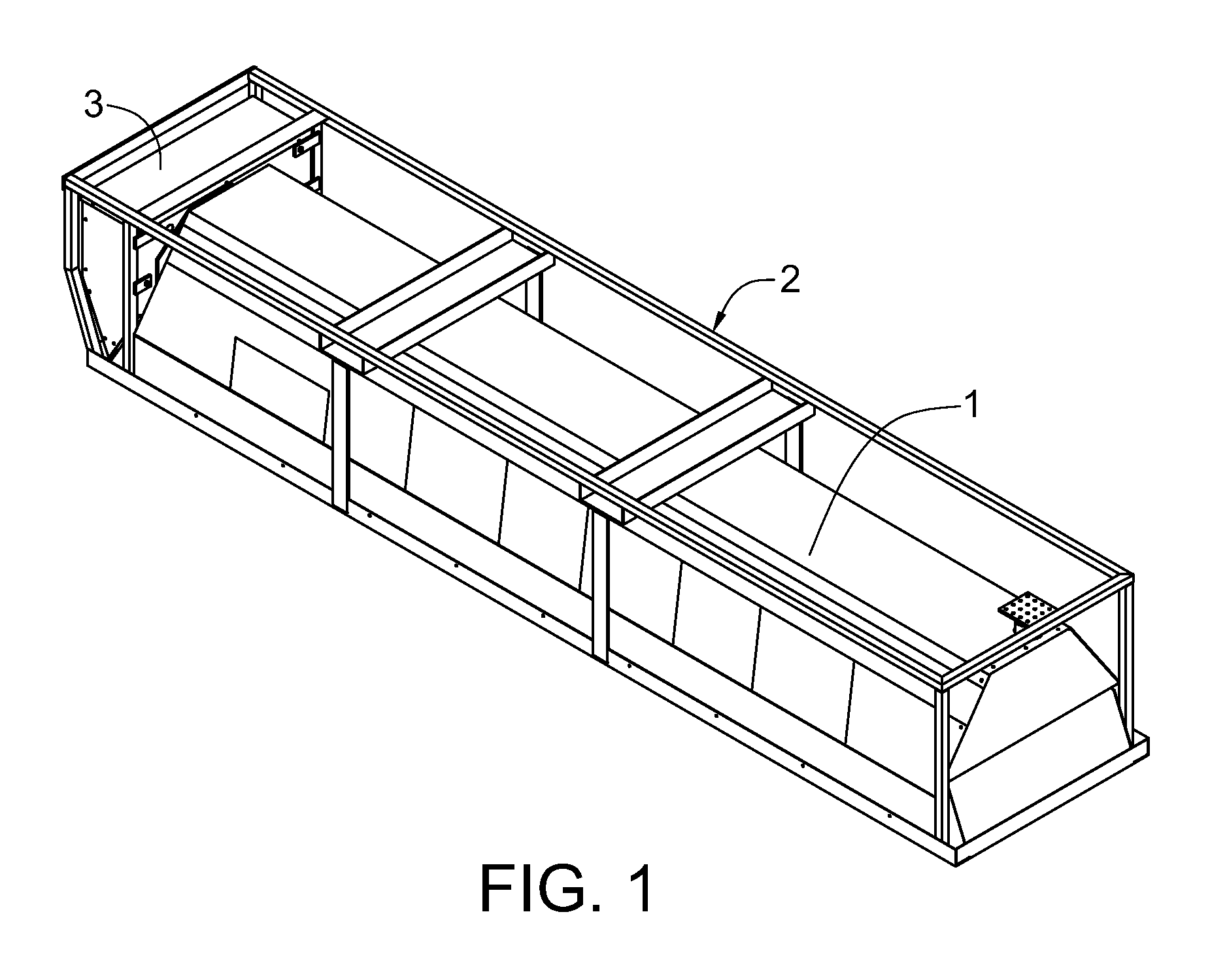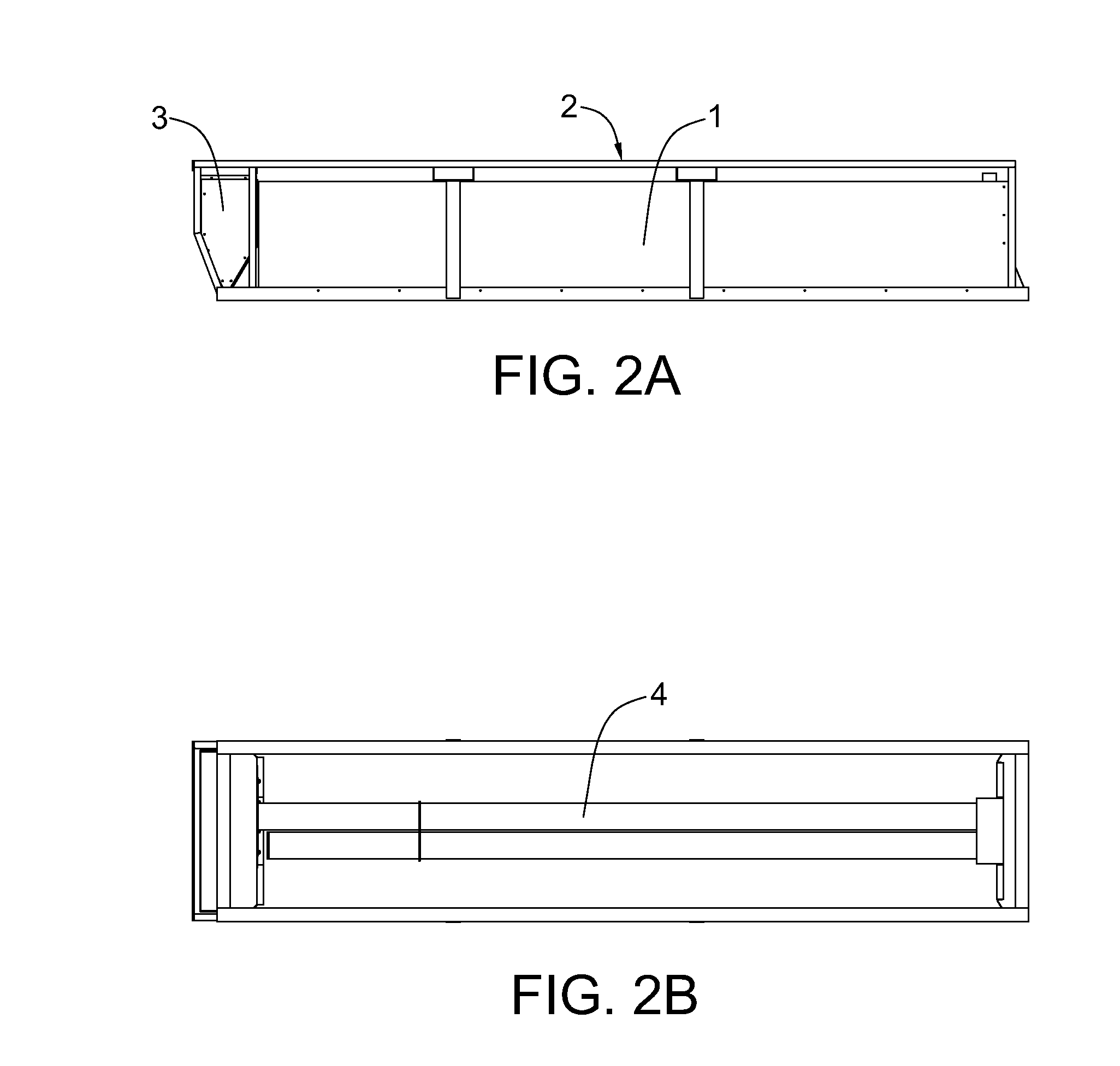Apparatus and method for heating ground
a technology of ground heating and apparatus, applied in the direction of combustion process, other heat production devices, insect catchers and killers, etc., can solve the problems of few services buried, ineffective summer equipment for penetrating the surface, waste of energy, etc., and achieves efficient heating and deep thawing. , the effect of complex thawing patterns and more uniform heating or thawing
- Summary
- Abstract
- Description
- Claims
- Application Information
AI Technical Summary
Benefits of technology
Problems solved by technology
Method used
Image
Examples
Embodiment Construction
[0044]An apparatus and method for thawing frozen ground is provided herein. In some embodiments, the apparatus and method can comprise one or more unitized thawing devices, means for transporting the devices, and means for controlling the devices as well as the components for the system.
[0045]For the purposes of this application, the following terms are defined as follows.
[0046]“Array”—means devices arranged for heating thawing the ground in dimensional conformance with all or part of an existing or planned surface or subsurface structure. These devices may share one or more energy sources to achieve a desired collaborative effect. Where the surface target is not rectangular, placing a group of rectangular arrays or sub arrays adjacent to each other can form a thawing system. In the alternative, combinations of devices including non-rectangular shaped devices can be employed.
[0047]“Device” means a unitized fixed-form ground-heating device configured for heating or thawing the ground...
PUM
 Login to View More
Login to View More Abstract
Description
Claims
Application Information
 Login to View More
Login to View More - R&D
- Intellectual Property
- Life Sciences
- Materials
- Tech Scout
- Unparalleled Data Quality
- Higher Quality Content
- 60% Fewer Hallucinations
Browse by: Latest US Patents, China's latest patents, Technical Efficacy Thesaurus, Application Domain, Technology Topic, Popular Technical Reports.
© 2025 PatSnap. All rights reserved.Legal|Privacy policy|Modern Slavery Act Transparency Statement|Sitemap|About US| Contact US: help@patsnap.com



